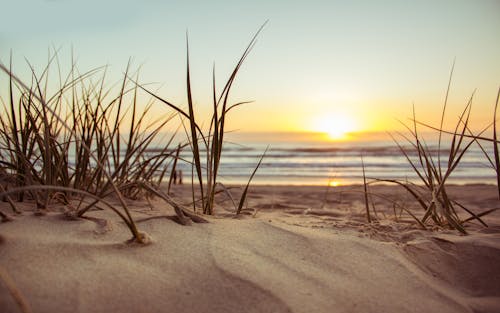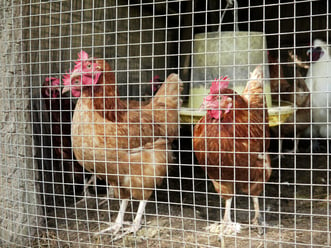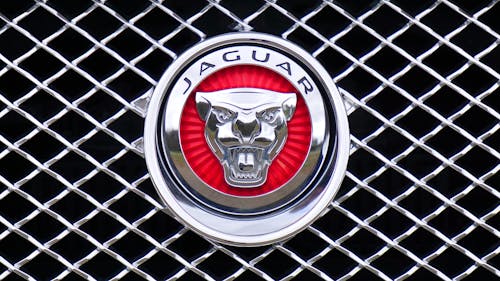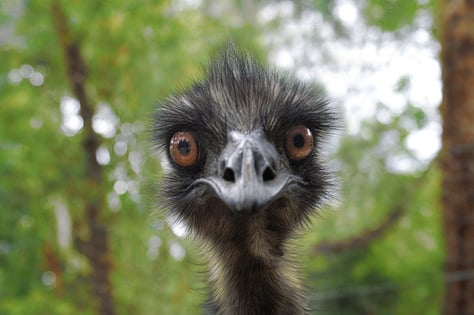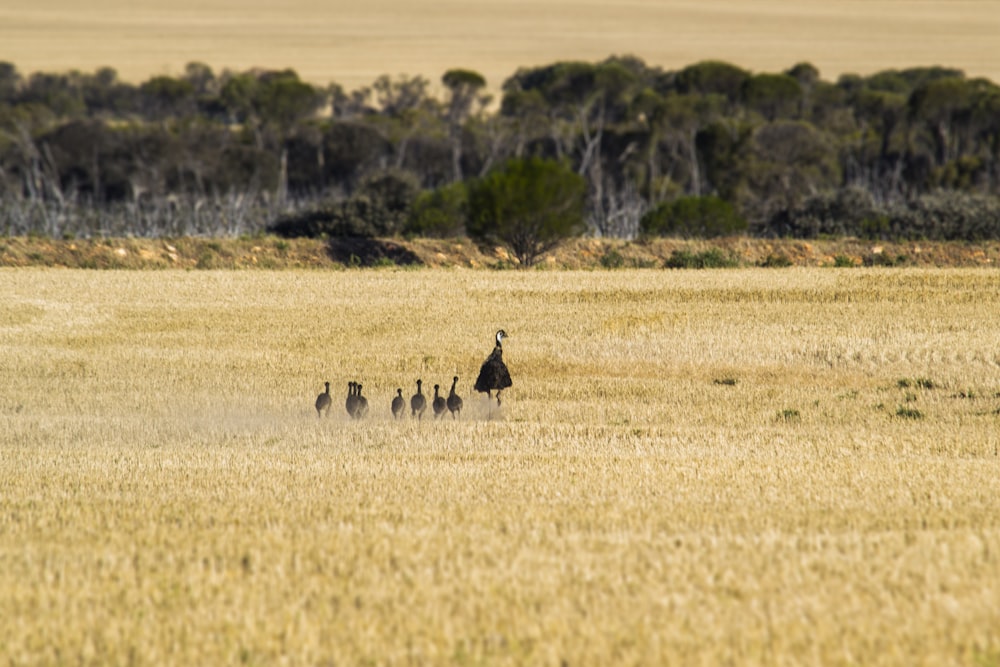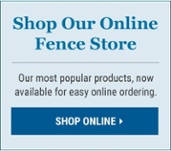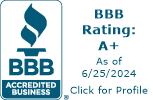Restoring Your Beach
Here's a helpful video from the folks at The Lake Huron Centre for Coastal Conservation.
Sand dunes create an important buffer between sea and land; maintaining the dunes is central to counteracting coastal erosion. Not only do properly placed sand fences protect the dunes, but they can also redirect pedestrians away from beneficial dune-preserving plants such as cape beachgrass.
Louis Page has a wonderful catalog that includes our state of the art sand fence.
Check out our sand fence blog, too.

